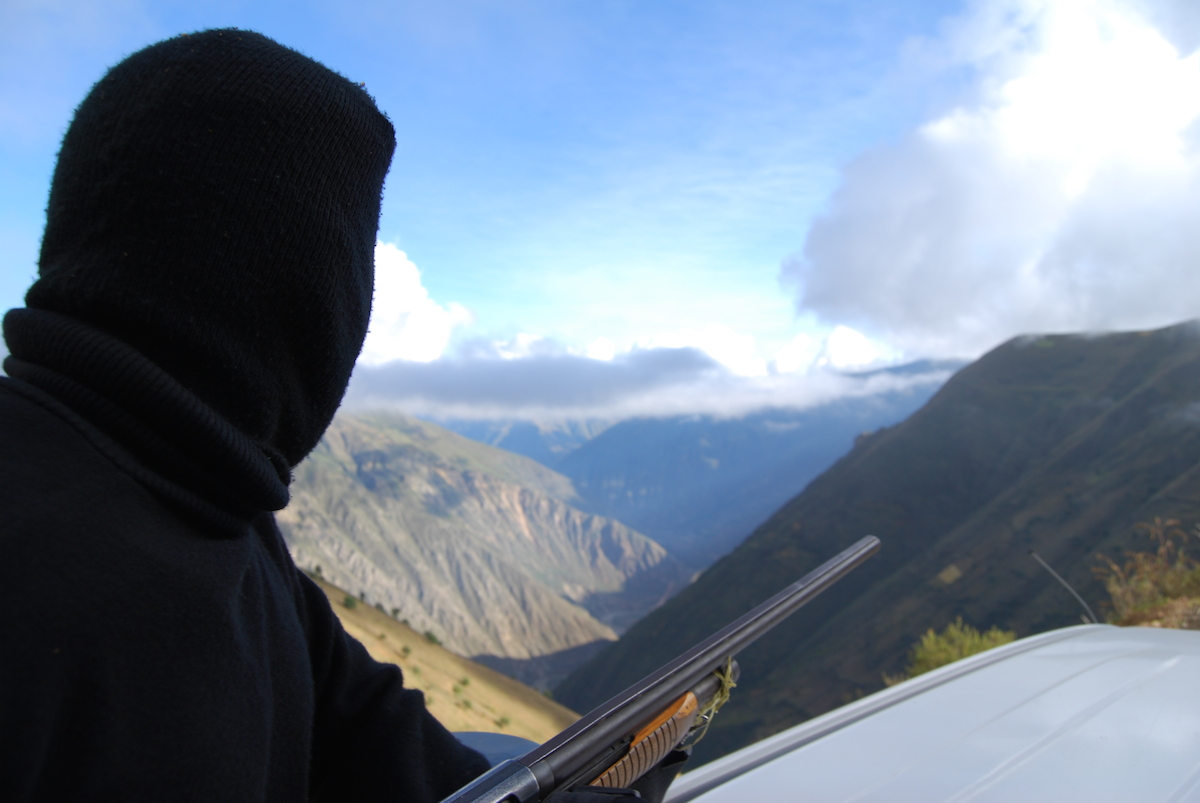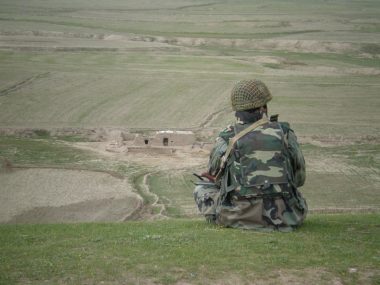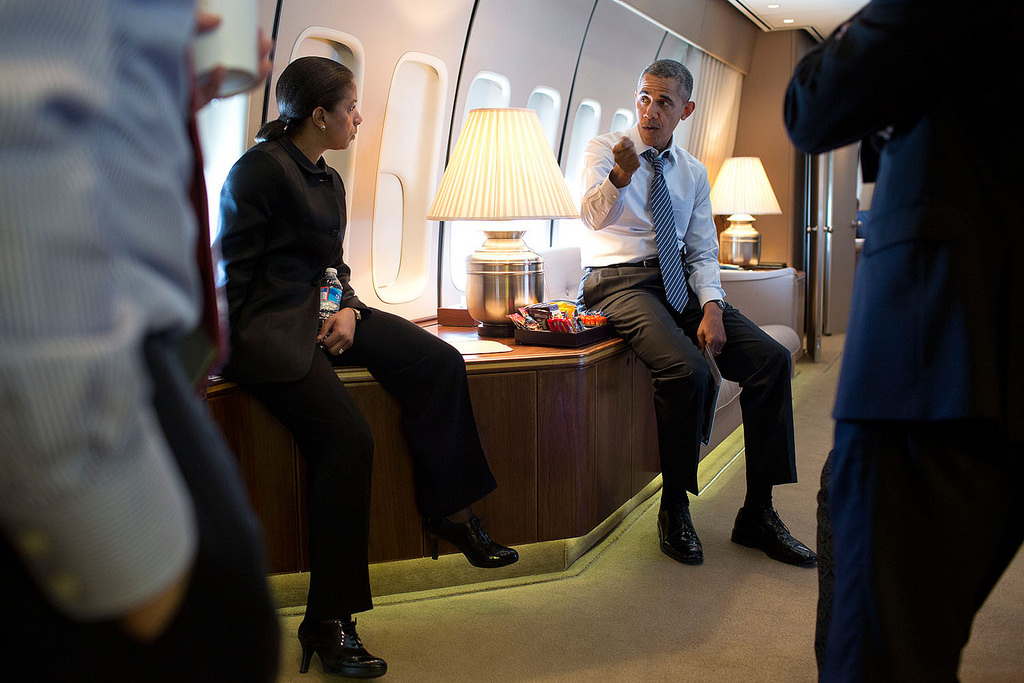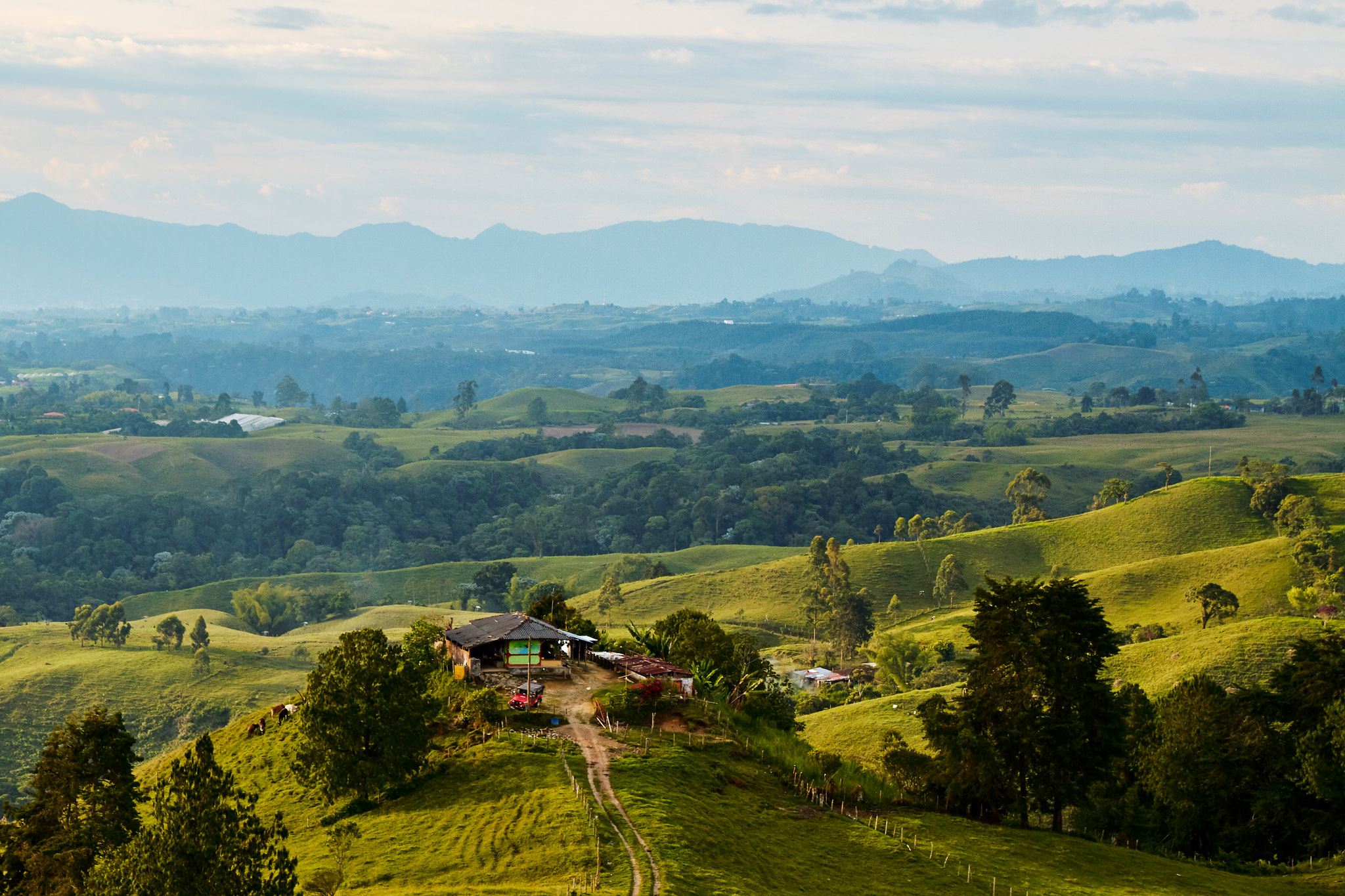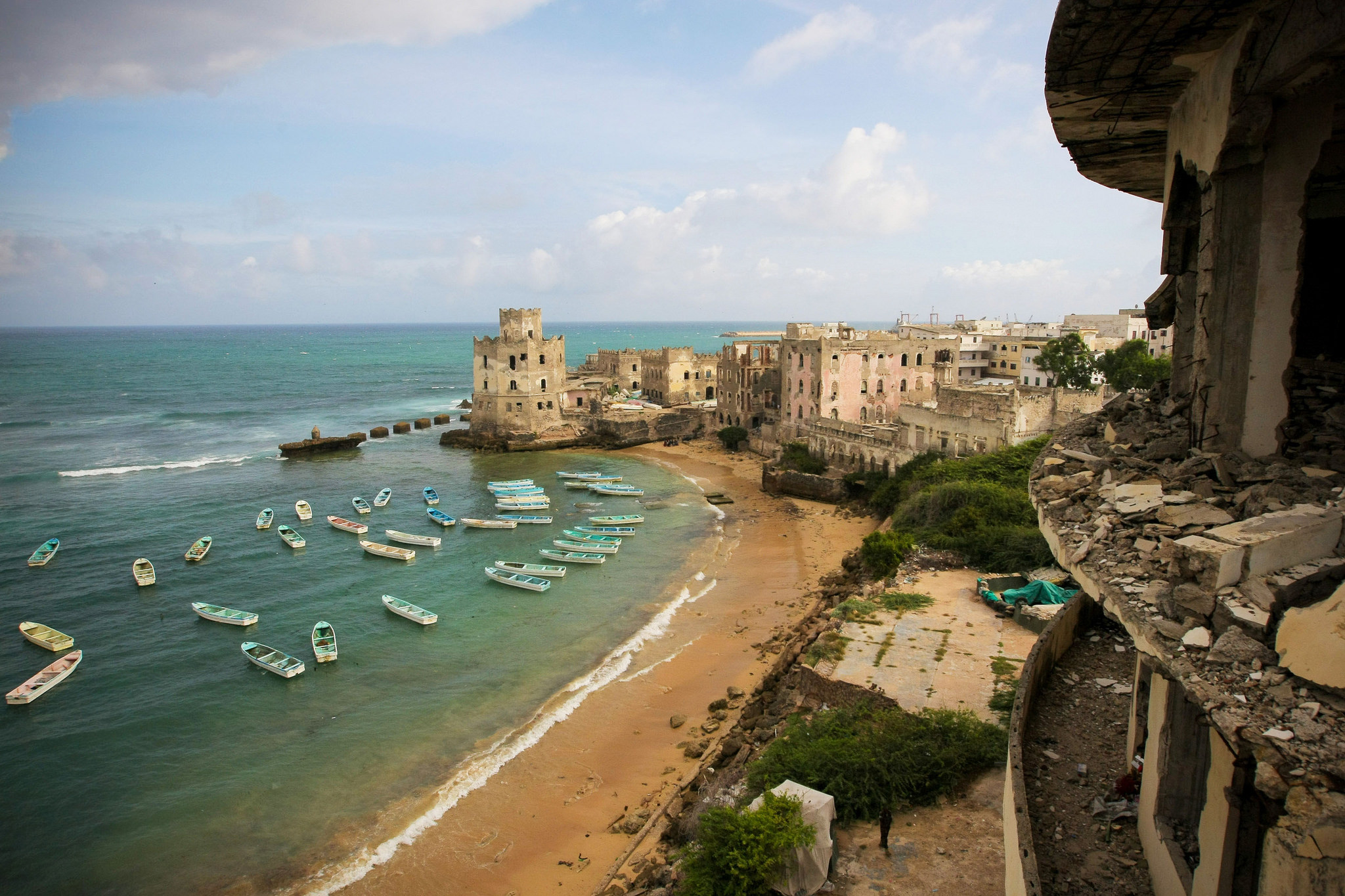By Pauline Moore and Cassy Dorff for Denver Dialogues
On a sunny afternoon in Atlanta, GA, scholars gathered at the International Studies Association’s (ISA) 57th annual convention to discuss a timely and important topic at a panel entitled “Civil Society Strategies in the Midst of Conflict/Repression.” In case you didn’t get enough ISA this year, today we recap this panel and highlight the work of several emerging junior scholars in the study of contentious politics. The panel was part of a larger project sponsored by the Carnegie Corporation of New York that seeks to examine the influence of non-state actor strategies in violent contexts. The panel’s papers focused specifically on the under-emphasized role of civilian actors in conflict, highlighting how violent and nonviolent modes of contention often interact in complex ways that remain largely unaddressed in the study of war.
Bringing attention to the often glossed-over nonviolent strategies of actors seeking to cope and survive in violent contexts seems particularly relevant today, as acts of war, terrorism, and brutal violence dominate headlines. Despite these conditions, examples of non-state actors who devise and engage in nonviolent strategies to shape trajectories of violence abound. The current global context is no exception, as evidenced through the nonviolent actions of non-state actors in active conflict zones such as Ukraine and Syria. Though they seldom garner the same levels of attention reserved for state actors, non-state actors are important drivers of security outcomes.
More specifically, the papers presented by Yael Zeira of the University of Mississippi, Zakia Shiraz of the University of Warwick, Consuelo Amat of Yale University, and Devin Finn and Steve Zech, both of the University of Denver, draw on empirical evidence from a rich collection of cases to demonstrate how civilian strategies of resistance have impacted the evolution of violence in various conflict environments. Grounding their analyses in the study of cases as diverse as historical conflicts in the Palestinian Territories, Colombia, Chile, India, and Peru, the authors all make important contributions to our understanding of how civilian actors maintain or create agency in the midst of highly repressive or otherwise violent contexts. Perhaps most importantly, the research highlights what appears to be a universal complexity regarding the need to take civilian actors as well as variation in modes of contention into account when studying conflict. In the context of their own research, each researcher pushes us to further problematize and disaggregate the concepts of “actor” and “conflict” beyond the state-nonstate and violent-nonviolent dichotomies conventionally employed by members of both policy and academic communities.
The work of each panelist advances past traditional approaches that focus on states as the only relevant players in international politics and violence as the only relevant mode of contention. At the most basic level, a civilian might commonly be construed of as simply a non-combatant (i.e. one who is not involved in combat). But the vagueness inherent in such a definition robs civilians of any agency whatsoever, placing them into a category reminiscent of a “non-actor.”
In their research, each panelist explicitly challenges passive interpretations of the term “civilian.” Civilians are grouped under terms such as “civil society,” “civilian networks,” “solidarity networks,” “social movements,” or “community groups.” These concepts bring attention to the menu of strategic choices available in the context of conflict, which ranges from membership in formal institutions, less formal peace communities, or cultural associations such as theater groups (the focus of Zech’s presentation).
This research also carefully underscores that the relevance of civilian strategies is not limited to a singular conflict phase. Indeed, civil society strategies were found to be as important in pre-conflict time periods as they were in ongoing-conflict environments. In the Palestinian Territories, for instance, Yael Zeira demonstrates how the presence of pre-existing, formal civil society institutions at the local level helped to mobilize large numbers of participants into the anti-regime resistance movement. Localities that exhibited lower levels of institutionalization experienced lower levels of mobilization, and were thus unable to gain necessary momentum. A similar logic based on pre-existing forms of political participation in democracies informs the findings of Devin Finn’s study of the Indian context, where fluidity in organizational membership and methods of participation work to shape alliance strategies between violent and nonviolent actors. In sum, the panelists’ findings seem to strongly suggest that the ways in which civilian actors are organized (formally and informally) in pre-conflict phases is an important indicator of the ability of nonviolent movements to grow and spread during later phases of the conflict.
Civilian responses to violence are also somewhat contingent on the strategies employed by violent actors as a conflict endures. This is the central theme of Consuelo Amat’s cross-national analysis of nonviolent resistance and repression. Addressing how levels of government repression condition the tactics available to opposition groups, her preliminary findings show that nonviolent struggles can emerge under highly repressive contexts, highlighting that the relationship between state-initiated violence and civilian response is much more nuanced than the conventional “violence begets violence” hypothesis might otherwise suggest. Ultimately, the strategic choices of civil society actors are seldom monolithic, with armed self-defense groups often coexisting with a host of nonviolent actor groups. This is a key finding also corroborated by Steve Zech’s study of the role of theater and other civic groups in Peruvians’ struggle in the context of Senderista violence.
Finally, civilian strategies might also include a global component. Zakia Shiraz’s consideration of Colombia’s NGO sector demonstrates the motivation for civil society actors to establish cooperative ties to international actors. Her work urges scholars to more deeply consider transnational networks of solidarity, which might come in the form of external support, financial assistance, media attention, or symbolic solidarity.
The research presented as part of the Carnegie-sponsored panel at this year’s ISA conference provides a snapshot of the broader effort to grant non-state actors a more prominent role in the study of conflict, and to understand the variety of strategies that such actors have at their disposal in the context of violent conflict. Civilians and civil society constitutes a broad actor-category, and the papers briefly highlighted here provide important inroads into better conceptualizing what the terms mean, who they involve, and how they can better be operationalized.
This of course raises important questions about definitions and boundaries in the analysis of resistance. For example, what is the scope of “civil resistance campaigns” or “civil society actors” in areas of on-going violence? Do the terms work to characterize any anti- or non-violent organization, or are they more limited to include just those actors actively engaged in overt acts of nonviolent resistance? A clearer definitional or conceptual boundary may be particularly useful in allowing us to better understand the nature of connections between domestic actors and international actors, for instance, or interdependence across actors. The actor categories depicted in the panelists’ studies vary along action-oriented dimensions such as education, politicking, protesting, etc. Might engagement in different forms of action in turn affect whether a particular set of actors or actor category receives international recognition or other forms of support?
These studies underscore the complexities inherent to understanding strategic choices available to actors in conflict, and urge us to widen our view of conflict beyond violence and its perpetrators in order to gain further analytical purchase on war-related outcomes. The interaction of nonviolent strategies and violence is likely to be at the heart of most conflicts, historical and ongoing. If we can work towards more explicitly recognizing the agency of civilians and civic groups, and making their strategies critical variables in our studies of violence, we are more likely to find inroads towards successful and lasting conflict resolution. Each of these researchers demonstrate, more or less directly, how broadening intervention strategies beyond simplistic considerations of arming or not arming particular sides of a conflict might be important in shaping how violence evolves. Support to civil society actors could greatly expand nonviolent movements’ potential for success against repressive regimes, and help foster stronger institutions critical to rebuilding in the post-war period. As this research has shown, strong, inclusive civic societies that are able to bridge divides across groups are important elements in fostering resilience during armed conflict.
Pauline Moore is a PhD candidate and research fellow at the Sié Chéou-Kang Center for International Security and Diplomacy at the University of Denver. Cassy Dorff, PhD, is a research fellow at the Sié Chéou-Kang Center for International Security and Diplomacy at the University of Denver.

